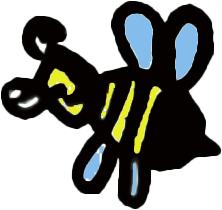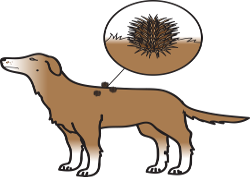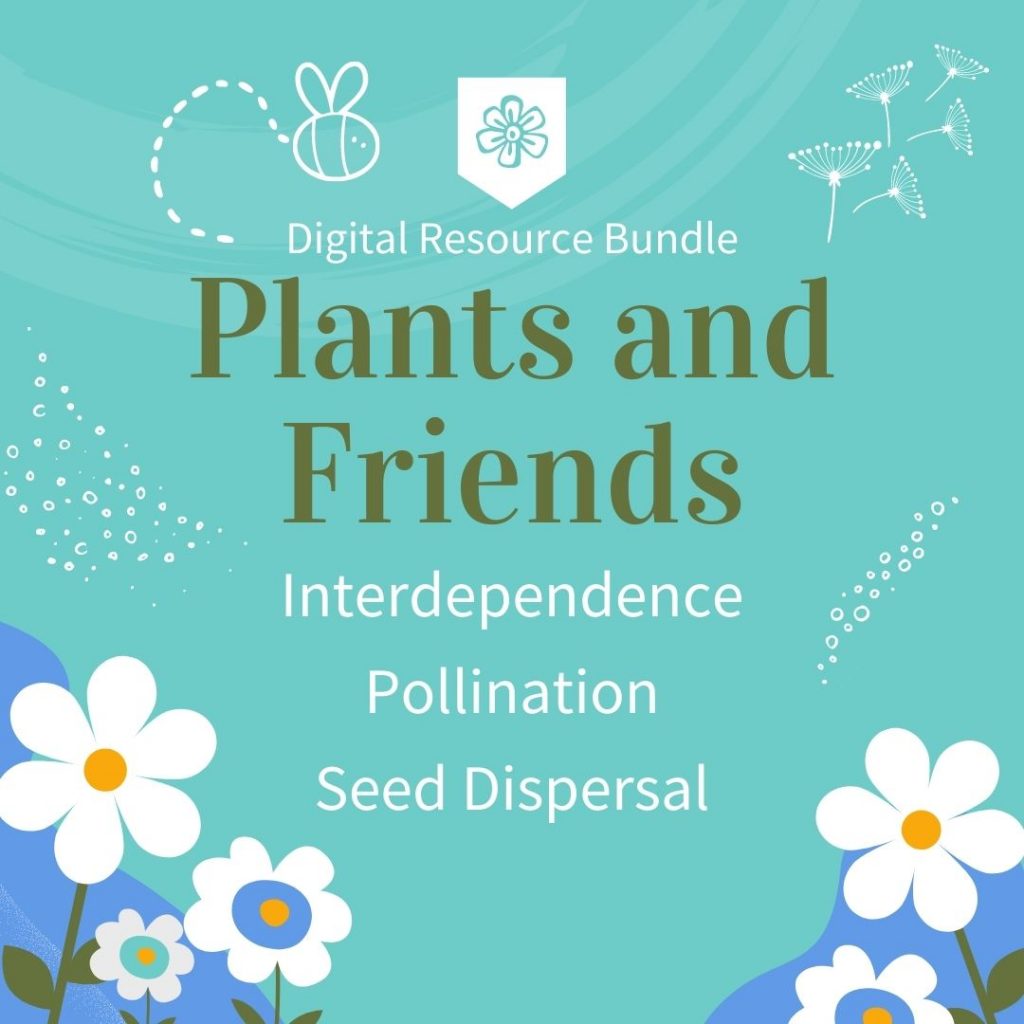
Pollination Resources

Pollinator Partnership Curriculum – A collection of resources for teaching about pollination
- A collection of resources for teaching about pollination
- Includes this handout about pollination syndromes (the characteristics often shared by flowers trying to attract a specific pollinator).
- See their list of pollinated food.
- Includes the fun idea of hosting a meal showcasing foods that couldn’t exist without pollinators.
Games for Change: Pollinator Prompt
“What is Pollination?” on Eden Project. Features a short (just over 1 minute) video about pollination in the style of an 8-bit video game. Also features a diagram about pollination
“Pollination Facts” on Cool Kid Facts. Has explanations of pollination and related terms for kids. Has some cool examples of pollination pairs, like lemurs and palms and wasps and figs. (Does contain a picture of the seeds of a dandelion, which is more relevant to seed dispersal than pollination.)
Online quiz game: “Parts of a Flower” on Turtle Diary. Type in the names of the flower parts to finish the diagram. Flower parts featured are petal, stigma, style, anther, sepal, and ovule.
“Pick the Pollinator Game” on NOVA. A game of matching the pollinators and flowers to each other (online and printable versions are provided). Be sure to check out the answer key, as it expands on each pairing and includes cool information about some of the pollination pairs. Also covers methods of pollination that are less frequently discussed, like water pollination, wind pollination, and self-pollination.
Article: “Bat Role in Pollination,” on Batworlds. A nice summary on the importance of bats in pollination. Also mentions seed dispersal by bats.
Webpage: “Why Bats Matter,” on Bat Conservation Trust. Links to an article about bats as pollinators as well as bats as seed dispersers and reforesters, bats as indicators of biodiversity, and bats as pest controllers.
Video: Who are flowers trying to seduce? Approx. 2 minutes long
Video: “Orchids: Masters of Deception” by MinuteEarth. Topic: orchid specializations for survival, including their tendency to trick insects into being unintentional pollinators (approximately 4 minutes)
Article: “Less brilliant flowers still keep bees coming back,” on Science News for Students. Topic: bees seem to prefer flowers that aren’t too shiny, and flowers seem to have evolved to be less flashy as a result.
Seed Dispersal Resources

Article: “Why do strawberries have their seeds on the outside?” by Matt Shipman, North Carolina State University. 🍓
Project Learning Tree: Have Seeds, Will Travel
Project Learning Tree: Have Seeds, Will Travel
- Lesson plan for discussing seed dispersal
- Includes ideas for activities for kids about seed dispersal and several examples
- Includes videos on two types of water-dispersed seeds, animal-dispersed seeds, and two types of wind-dispersed seeds (maple seeds and dandelion seeds).
- Plus a word on why seed dispersal matters.
Blowing In The Wind: Seeds & Fruits Dispersed By Wind. This page is a little technical, but it has many specific examples of wind-dispersed seeds, organized by different types. (E.g., helicopter seeds vs cottony seeds). There are many photos as well! It also features examples from around the world rather than focusing almost exclusively on examples from North America as many classroom resources seem to do.
Growing with Science Blog: Seed Dispersal – Features good photos, a visual ‘how does this disperse’ quiz, and other cool resources.
Links to three different pages about making your own wind-dispersed “seed” at home. It’s super fun–try it!
See how you can change each design to make your seed stay in the air longer.
Also includes this really cool video about another way seeds can disperse, by “exploding!”
Classes that come to Lyon Arboretum for our 2nd Grade field trip, “Plants and Friends,” get to see and usually hold our double coconut seed (Lodoicea maldivica, also called coco de mer). This article talks about some of the fascinating science behind the double coconut’s survival strategies. “The Secret of the World’s Largest Seed Revealed,” on New Scientist.
Online Game: Seed Racer: an online game from PBS Kids. In this game, the player must collect seeds before they get dispersed by various methods (wind, water, and animals, inside and out). It talks about specific adaptations a seed may have to help it disperse. The examples used will likely be most relevant to students who have lived on the mainland.
Has accompanying teaching tips here.
More seed videos!
Digital Resource Bundle

Our Digital Resource Bundles are activities that can be done in your classroom, either as a pre or post field trip lesson. The bundle includes a short 1.5 minute video, an online game, and other activities created by the Lyon Arboretum Education staff.
We are now offering the bundles for FREE!
More information can be found HERE
Back to main Teacher and Student Resources page
